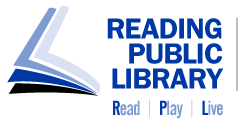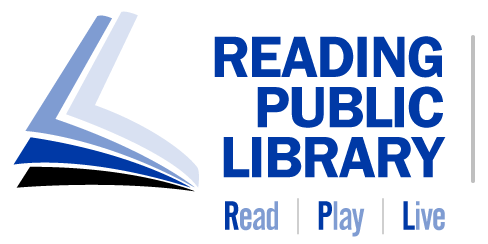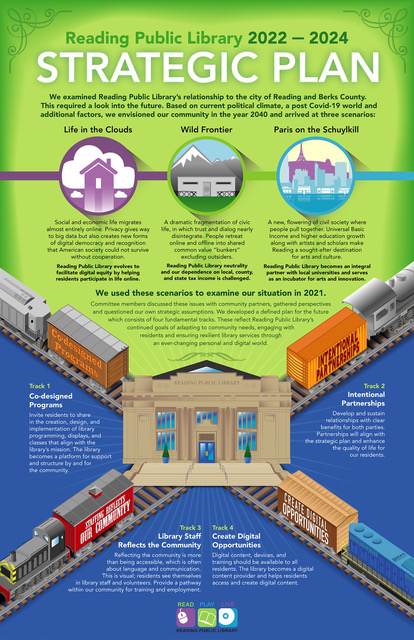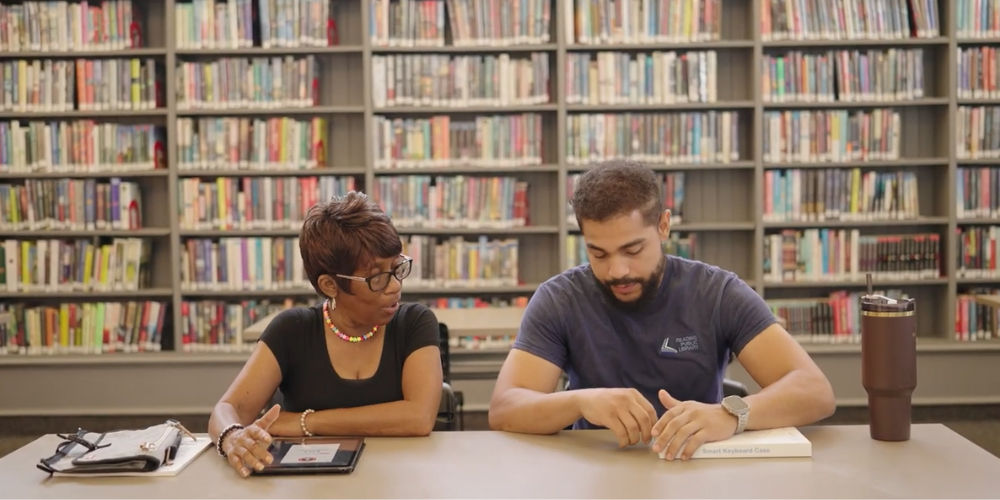Strategic Plan

Reading Public Library
Scenario & Foresight Planning to Strategic Plan 2022-2026
As we look to the future of the Reading Public Library, the Board of Trustees reaffirms the mission of RPL: The Reading Public Library will generate a library for the future by meeting the informational, educational, and recreational needs of library consumers today. In carrying out this mission, this Strategic Plan envisions possible scenarios for the world we live in over the coming years and highlights priority actions to be the focus for the next three to five years as we prepare for whatever the future may hold.
Introduction
A committee of library staff and board members began by thoroughly mapping the library’s relationships in the community, county, and commonwealth. This map grounded our future scenarios in a clear understanding of the present and helped us understand the extensive web of collaboration, service, and transaction, which shapes our work at every level from individual patrons to state and national mandates.
Our scenarios envisioned Berks County in the year 2040 – far enough out to stretch our imaginations and see beyond the typical 3 to 5 year plan. We arrived at three scenarios characterized by varying degrees of political fragmentation and appetite for face-to-face contact post Covid-19. Are we seeing a shift to a fully digital world? Can our politically riven society find common ground in the years ahead?
Life in the Cloud imagined a future in which social and economic life migrated almost entirely online in the next 20 years. Privacy gave way to Big Data but there were also new forms of digital democracy and recognition that American society could not survive without cooperation. Reading Public Library evolves into a “Public Informatics Commission” regulating digital equity and helping residents participate fully in life online.
Wild Frontier saw a dramatic fragmentation of civic life, in which the basis for trust and dialog all but disintegrated. Residents retreated both online and offline into “bunkers” defined by shared common values and the exclusion of outsiders. This scenario presents grave challenges to the notion of library neutrality and our dependence on local, county, and state tax income.
Paris on the Schuylkill imagined a new flowering of civil society. In this world, people pulled together for the sake of their children’s futures. Universal Basic Income and growth in higher education turned Reading into a city of artists and scholars, a sought-after destination for arts and culture. Reading Public Library becomes an integral partner with local universities and serves as an incubator of the arts and innovation.
From the scenarios, the committee developed “railroad tracks” defining our plans for the future. How appropriate for the birthplace of the Reading Railroad! The 4 tracks are:
• Create Digital Opportunities
• Library Staff Reflects the Community
• Intentional Partnerships
• Co-Designed Programs
Create Digital Opportunities
Digital content, devices, and training should be available to all residents. Ideally, all staff should be familiar with digital tools.
- Hire staff with a focus on helping patrons not just access digital content but create it.
- RPL becomes an internet and digital content provider
Steps we have taken:
- Hire a bi-lingual paraprofessional reference staff to assist patrons and teach computer classes.
- Circulate technology to enhance access to digital content.
- Purchase devices.
- Create policies and procedures.
- Create Flexspace.
- Hire Digital Literacy Instructor to train staff and patrons.
How do we measure progress?
- Analyze statistics on Flexspace room usage.
- Analyze statistics on Hotspot and Tablet circulation.
- Create Digital Literacy Reports.
- Create Reference Reports, which will include new paraprofessional reports.
Library Staff Reflects the Community
Reflecting the community is different than being accessible – which is often about language and communication. This is more visual; residents “see themselves” in our staffing.
- Provide a pathway for training and employment
- Scholarships, apprenticeships, etc., will create a pipeline for library staff from within our community
Steps we have taken:
- Create definition for what it means to have staff reflect the community.
- Reduce barriers for new hires at an entry level.
- Determine current status of staff in reflecting the community.
- Hire Reading residents for temporary or long-term internships.
- Make progress visible by listing accomplishments on website, taking staff photos for the website.
Next steps:
- Establish an education reimbursement program for staff, which requires securing funding, and creating a program policy, procedure, and application.
How do we measure progress?
- We must review and analyze the number of new hires that are people of color, number of new diversity-focused positions created, number of applications and award for tuition reimbursement, and the amount of funds reimbursed.
Intentional Partnerships
Partnerships should emphasize quality rather than quantity. We do not fall into the trap of becoming the Swiss Army Knife for community organizations.
- We must ask ourselves: What is a partnership? What is a successful partnership?
- Sustained relationships with clear benefits for all parties
- Evaluate based on staff time and availability
Steps we have taken:
- Define what an Intentional Partnership is to RPL.
- Compile list of current partnerships and possible new partnerships.
- Curate partnership lists, cutting or adding to focus on Intentional Partnerships.
- Focus on 3 new partnerships each year from 2023-2026.
Next steps:
- Continue reviewing possible new Intentional Partnerships.
How do we measure progress?
- Perform annual evaluation of partnerships.
- Review number of new projects and programs created with the Intentional Partners we are focusing on each year.
- Ask how patrons how they heard about RPL.
Co-Imagined Programs and Services
Instead of library staff deciding what our patrons want or need, we invite patrons to share in the design and implementation of library programming.
- This means RPL gives up some creative control.
- How do we respond if we think an idea may be offensive?
- How do we consider the opinions of donors and funders with respect to content?
Steps we have taken:
- Define what “Community Responsive” and “Co-Imagined Programs and Services” means.
- Create a Programming Policy.
- Appoint a position to coordinate programming, partnerships, and outreach.
- Create a Community Conversation program, and hold 4 Community Conversations in 2024.
Next steps:
- Continue to hold 2-4 of Community Conversations throughout each year of Strategic Plan.
- Share public knowledge from Community Conversations.
How do we measure progress?
- Review number of Community Conversations being held throughout a given year.
- Evaluate program attendance stats before and after implementing Community Conversations.






